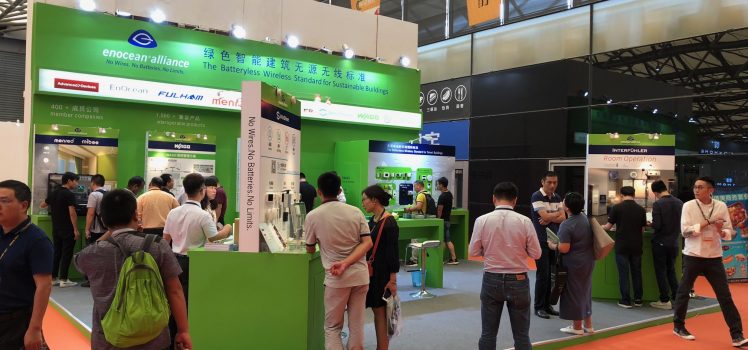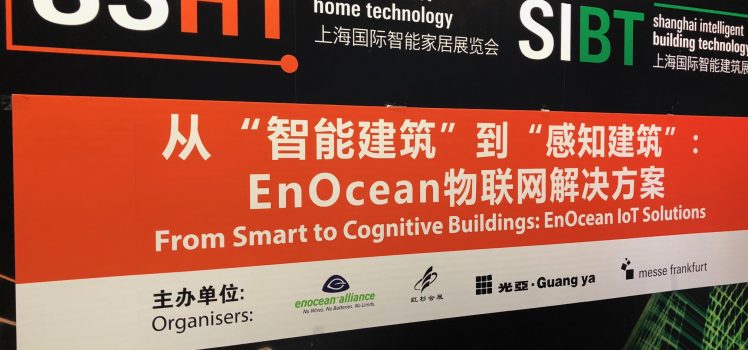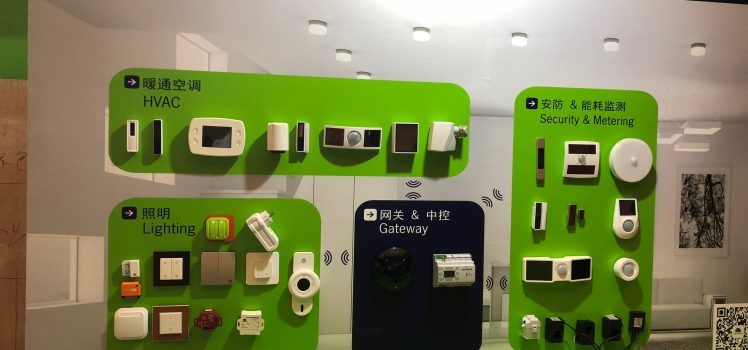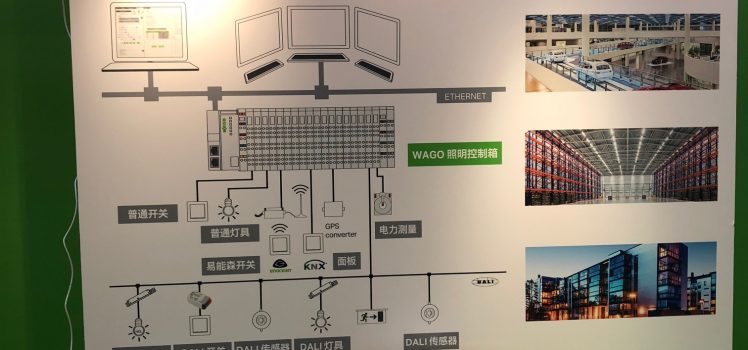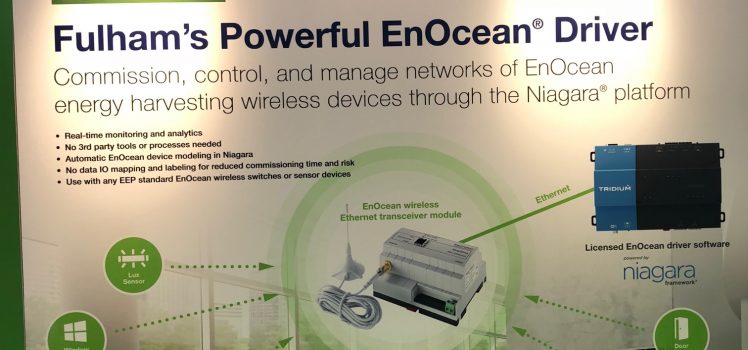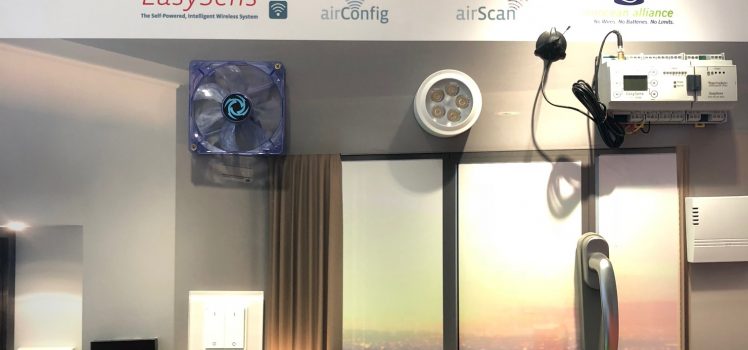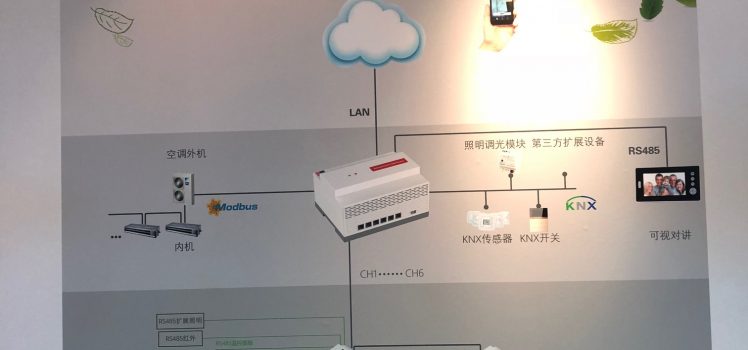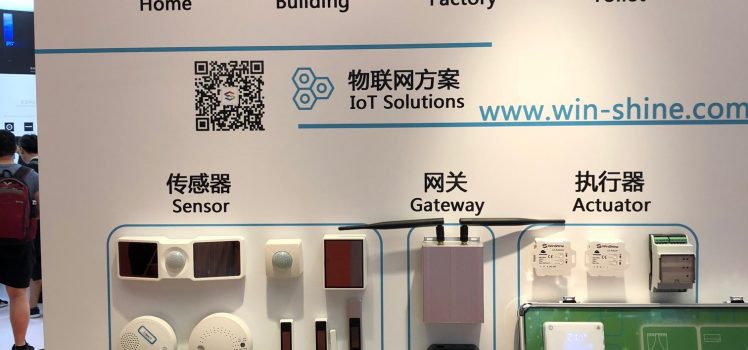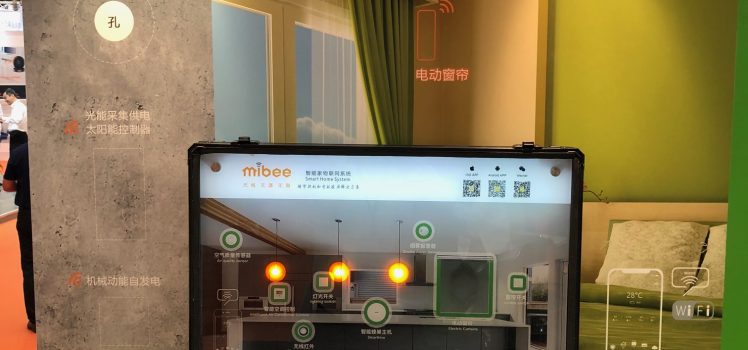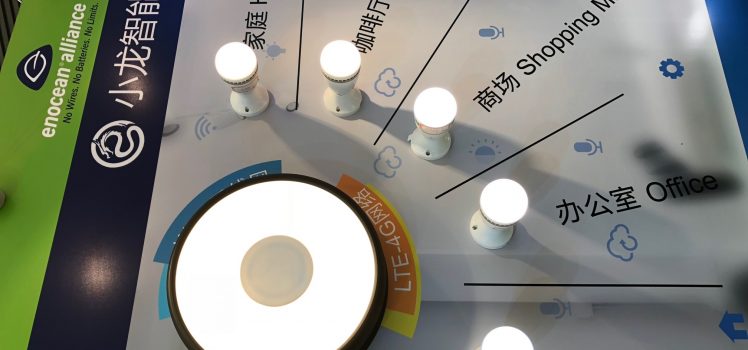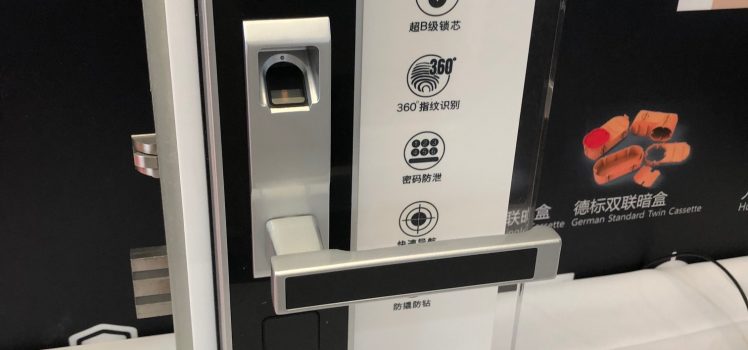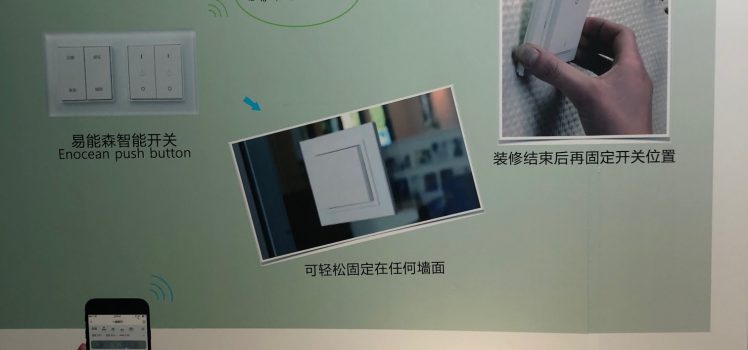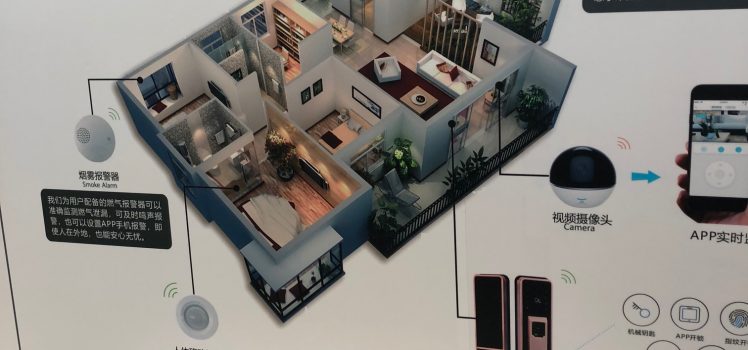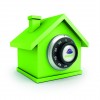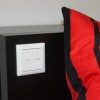SIBT 2018: China’s Building Sector at a Glance
In early September, the EnOcean Alliance together with eight of its members attended Shanghai Intelligent Building Technology (SIBT), one of the largest shows for smart buildings in China. It was an impressive platform giving a great insight into the latest industry trends in this region.
No doubt, China’s building industry is booming. However, similar to other sectors such as automotive or production, those responsible for real estate are changing their thinking from “fast and cheap” to “long-term quality and sustainable”. Building projects today consider environmental friendly aspects as well as structures and systems that are built to last and to serve several generations. This is also strongly supported by the Chinese government’s legal requirements for high energy savings and reduced air pollution and affects commercial buildings as well as smart homes.
Space Usage Optimization
It also coincides with another trend in the Chinese building sector, we also see in Europe: building utilization optimization. With the help of distributed sensors, e.g. occupancy sensors, and an intelligent cloud system, real-time data help optimize the use of rooms based on the actual demand. This allows reducing cost- and energy-intensive resources such as heating, air conditioning or lighting. At the same time, building owners or facility managers can provide rooms for different purposes which leads to an optimized and sustainable use of limited space.
New IoT Assistants
The development of highly networked systems based on millions of sensors and intelligent data usage is called the Internet of Things (IoT). The IoT in the building sector results in new facility services but also in advanced applications that make our daily life much easier. Tencent, a leading provider of Internet services in China, for example, presented an IoT restroom solution at SIBT. Solar- or kinetic-powered wireless sensors, flexibly placed at toilet doors, report the occupancy rate via a gateway to an app. This IoT system provides real time information on unoccupied public restrooms, the number of available toilets, and queuing time etc. It eliminates time-consuming searches for a free restroom, and helps to improve travel experiences, for example. Tencent plans to roll out this solution to multiple tourist locations in China such as train stations and airports.
The Self-Powered Wireless Way
For all of these developments, self-powered wireless switches and sensors are the ideal maintenance-free solution to flexibly record data from as many points as needed. The established EnOcean standard
(ISO/IEC 14543-3-10/11) ensures reliable communication within a building and allows gateway connectivity to IoT platforms for an intelligent data usage.
At the EnOcean Alliance booth at SIBT, our members Menred, WinShine, Fulham, Xiao Long, WAGO, Thermokon, Advanced Devices and EnOcean showed their latest smart applications based on energy harvesting wireless solutions. Further members like AFRISO, Meanwell, A+R or Morelinks were at the show as well, presenting their EnOcean-based developments for smart buildings. All of them saw strong interest, emphasizing the many opportunities of self-powered wireless solutions to realize the ongoing building trends in China. Thank you to all members and partners who joined us at SIBT 2018.


